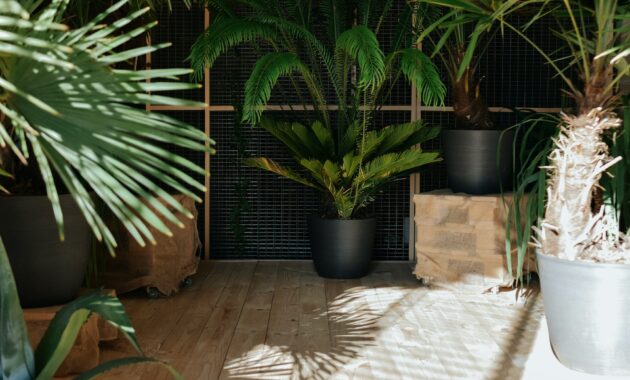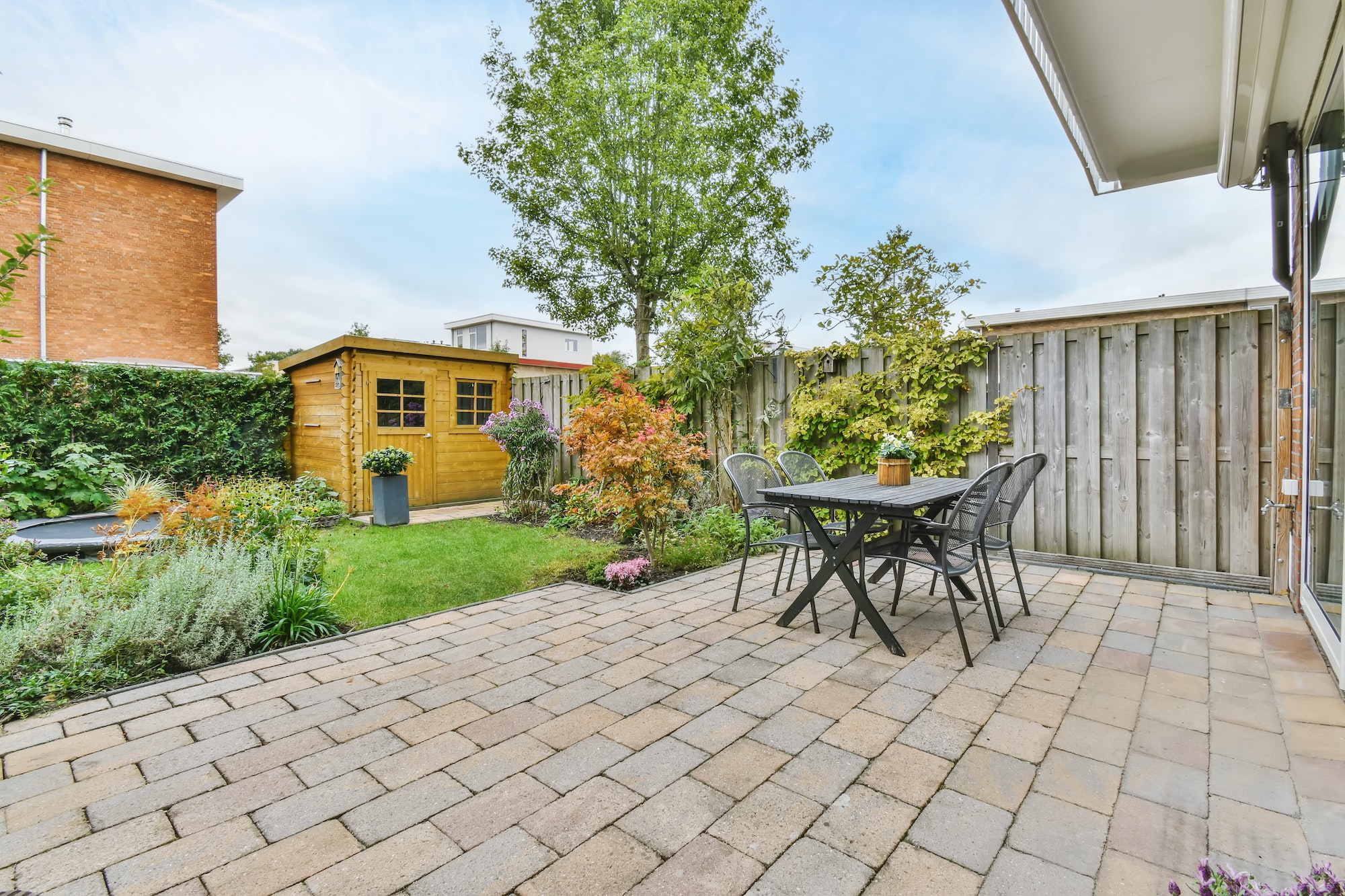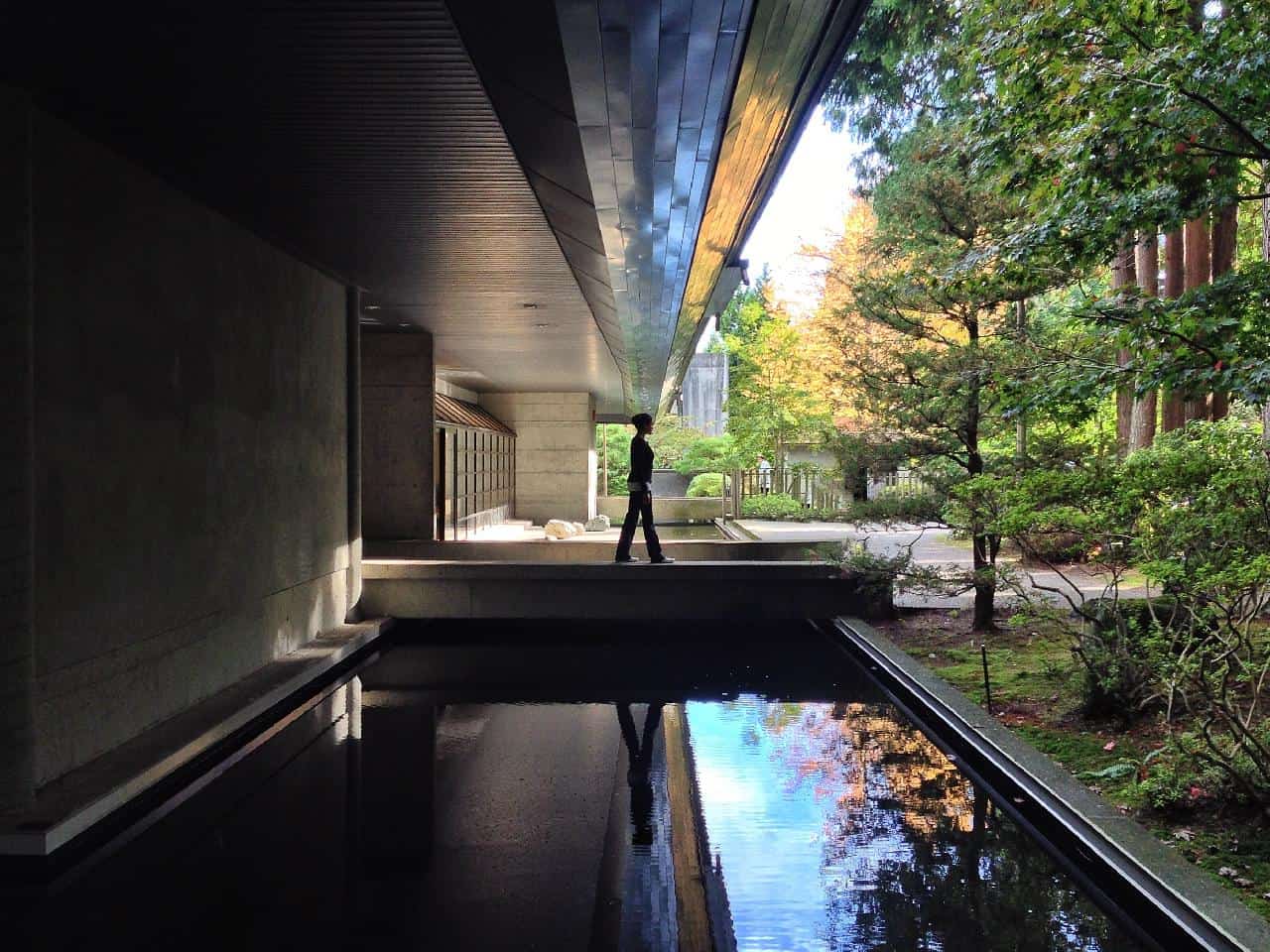Summer is coming up fast, and hot temperatures are coming with it. But keeping your home cool doesn’t have to mean increasing your carbon footprint, or spending a fortune, for that matter. People lived for millennia without central air conditioning, after all, and they stayed cool. You can manage to at least decrease your reliance on your air conditioner during the summer months.
It’s not hard. The main thing is to keep the hot air out of your home and the cool air in. Create shade around your home to insulate it from summer’s hottest temperatures. Install heat-reflective window film. Use fans, open your windows at night, and get some houseplants to naturally cool the air in your home. You can even switch to an evaporative cooler if you have the right climate for it.
Create Shade Around Your Home
Plants like trees and shrubs that create shade around your house can help keep it cool. Plants that shade the ground around your home cool the air and mitigate the effects of heat radiation from the warmer ground and pavement beyond. If you don’t have time to wait for shrubs and trees to grow, you can use vines to shade your windows and walls. Many vines grow quickly in their first season and can cover an entire wall. Place awnings on exterior windows to keep the sun from beating through them and heating up the inside of your house.
Install Heat-Reflective Window Film
Heat-reflective window film can block a substantial portion of the solar heat that comes through your windows during the day. While you could pull the blinds during the day to keep the sunlight out, that might not be the most desirable solution if you’re at home all day. You want to see the sunlight! Window films can block the heat while still letting in the light. They can also make your windows opaque from the outside – so that you can see out, but your neighbors can’t see in.
Hang Window Treatments
That’s not to say that window treatments aren’t useful for managing the temperature inside of your house, because they definitely are. Curtains can provide extra insulation that keeps cold air inside of the house and hot air outside. They can do the reverse in the winter, keeping warm air in and cold air out.
Let Cool Air in at Night, and Trap It There During the Day

Summer nights can be quite cool compared to sweltering summer days, so you can open the windows at night to let cool air into the house. Open windows on both sides of the house to create a breeze. Run your heavy appliances, like your dishwasher, washing machine, and dryer at night so the heat can escape through the open windows. Use window fans positioned to blow outward in windows on the hotter side of your home so they push hot air out of your house. On the cooler side of your house, use window fans positioned to blow inward so they pull more cool air into your house. During the day, close your windows and draw the blinds, if you don’t have window film, to keep the heat out and the cold air in.
Switch to an Evaporative Cooler
If you live in the right climate for one, you should consider switching to an evaporative cooler. Evaporative coolers use about a quarter of the energy of a central air system, and cost about half as much to install, although they do require more maintenance than a central air unit. You can shop for portable and window evaporative coolers, as well as more permanent models that are typically installed on the roof of the house. Evaporative coolers work best in dry climates because they use water to cool air that is pumped into your house, but they do use a lot of water. They also need regular maintenance, which means you might have to get out a ladder and go up on the roof once a month unless you buy a portable or window model.
Cool Your Interior with Houseplants
Houseplants can help cool your interior naturally. They reduce heat in the air by releasing moisture through transpiration. The more houseplants you have in your home, the more naturally cool it will be. Of course, plants can also help improve the air quality in your home.
You don’t have to swelter all summer long, and you don’t have to make a choice between sustainability and comfort, either. You can keep yourself cool using natural, sustainable strategies, and live a more eco-friendly life.
Discover more from Futurist Architecture
Subscribe to get the latest posts sent to your email.



